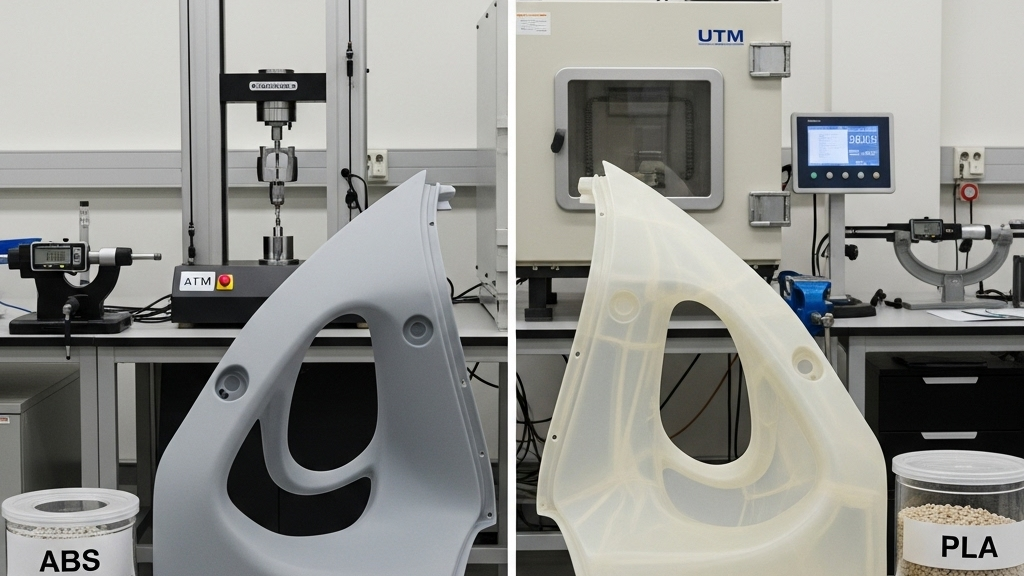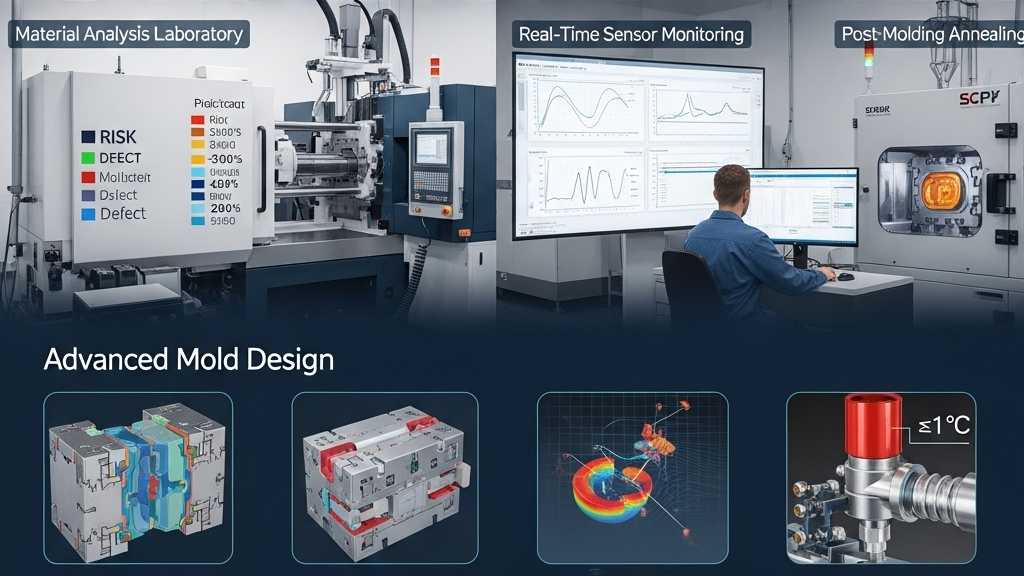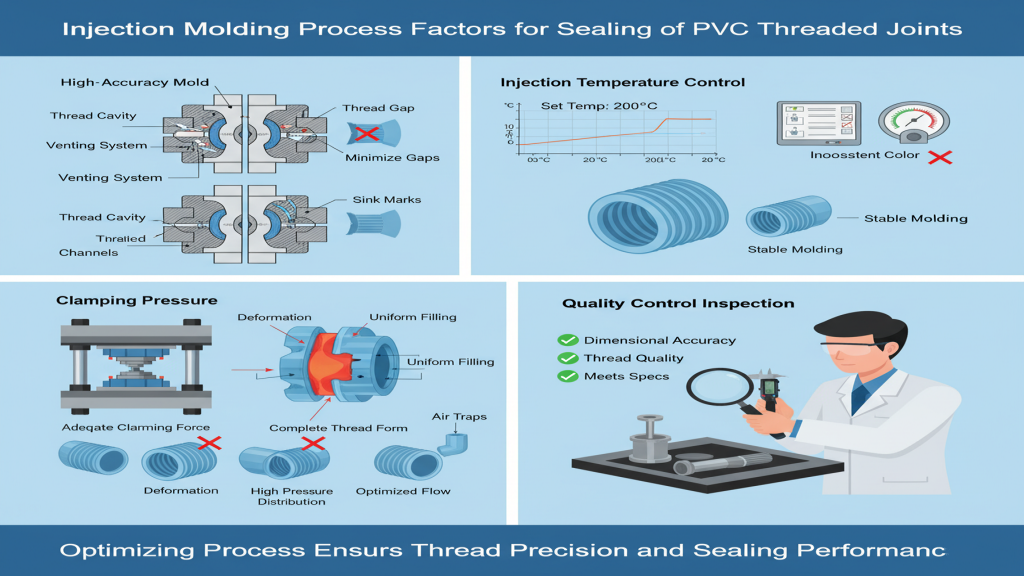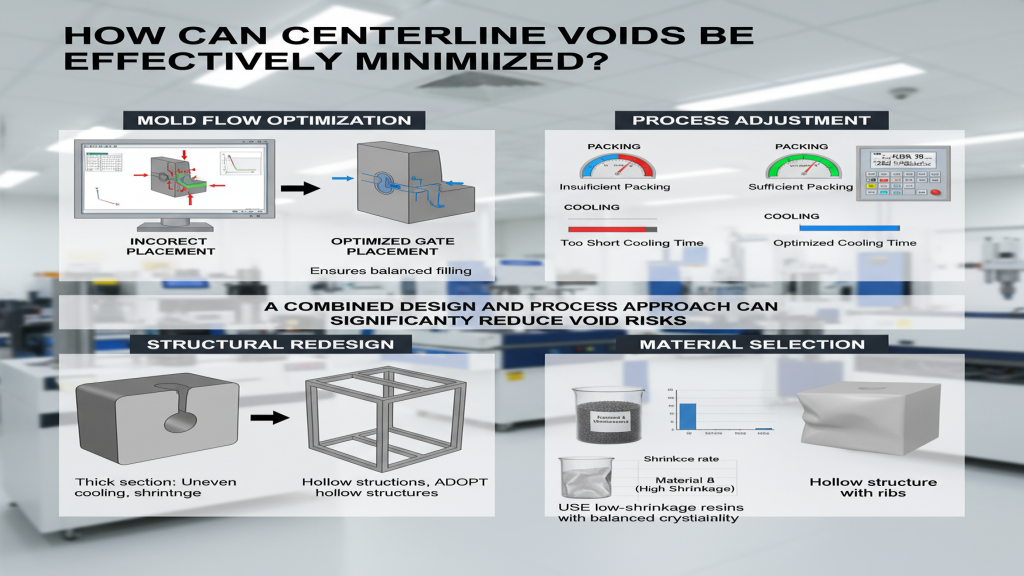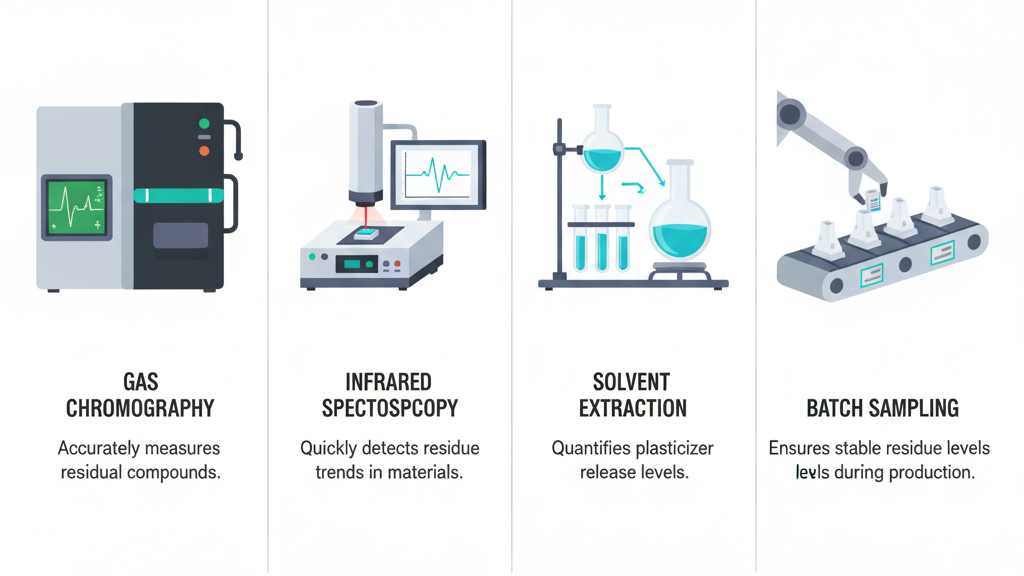
Reverse and complex ejection methods are common design challenges in injection molding, especially in products with many details and high precision. These ejection methods directly affect production efficiency and product quality, making it crucial to consider them during the design phase. Complex ejection not only requires efficient mold design but also a deep understanding of plastic material flow and cooling processes.
The increasing technical demands in modern injection molding make reverse and complex ejection methods even more important. Optimizing these methods helps increase production efficiency and reduce production costs, giving manufacturers a competitive edge in the market.
How to solve mold design problems in reverse injection molding?
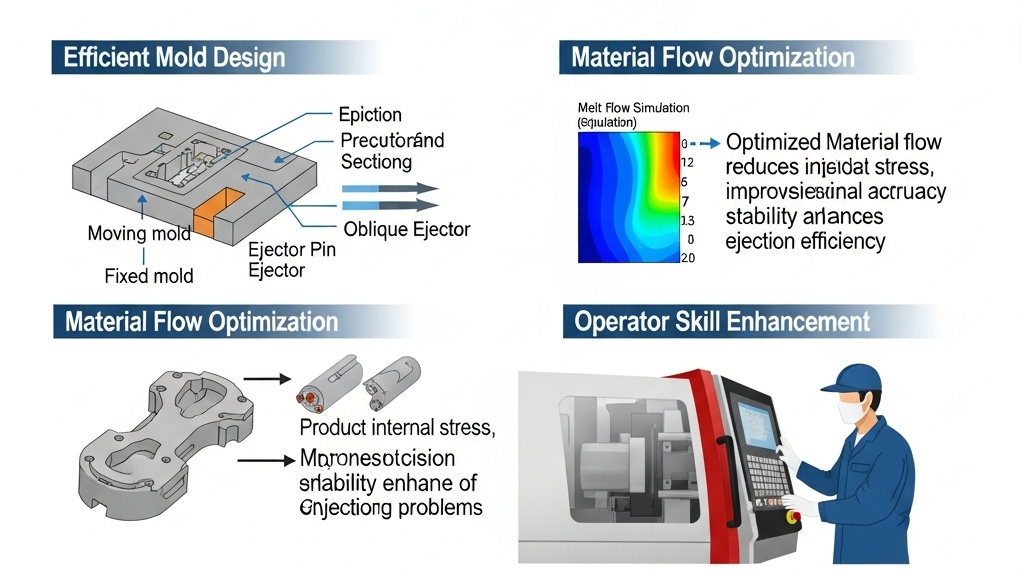
In reverse injection molding, the mold design often directly affects the product's quality and the ease of ejection. Optimizing the mold design can effectively reduce ejection difficulties and improve production efficiency. To achieve a higher production level, designers need to choose the mold materials and structure based on the specific product requirements.
- Design Angle Optimization: Learn how to optimize mold design for better ejection efficiency.
- Choice of Mold Materials: Choosing the right mold materials helps reduce wear and improve durability.
- Temperature Control System Design: Proper configuration of the mold's temperature control system helps reduce product deformation and ejection difficulties.
- Cooling System Optimization: How optimizing the cooling system reduces ejection problems.
How do complex ejection methods affect the injection molding process?
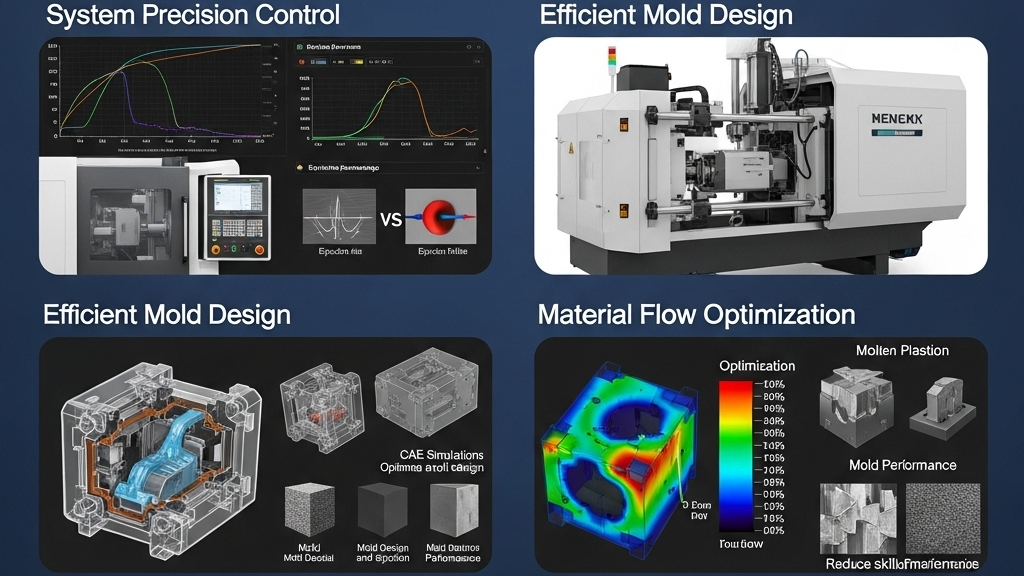
Complex ejection methods not only increase mold design difficulty but also impact the production cycle and costs of injection molding. Precision control systems and operator skills are essential in complex ejection designs. By precisely controlling mold temperature, pressure, and other parameters, the ejection success rate can be significantly improved, and defects during production can be avoided.
- System Precision Control: High precision system control ensures successful ejection.
- Efficient Mold Design: Proper design improves ejection speed and reduces production costs.
- Material Flow Optimization: [Optimize material flow to improve ejection efficiency](- Material Flow Optimization: Optimize material flow to improve ejection efficiency.).
- Operator Skill Enhancement: Skilled operators help reduce failure rates in complex ejection.
How to improve the efficiency and stability of reverse injection molding?

Improving the efficiency and stability of reverse injection molding requires a multi-faceted approach, including mold design, material selection, and process optimization. Refined management of the injection molding process is key to improving reverse molding efficiency. Advanced monitoring systems allow real-time tracking and adjustment of production parameters, ensuring a stable production process.
- Optimize Process Parameters: Proper settings for injection temperature and pressure improve efficiency.
- Mold Quality Control: High-quality molds improve the stability of reverse injection molding.
- Application of Monitoring Technology: Apply monitoring technology to improve injection molding efficiency.
- Material Optimization: Choosing suitable materials helps stabilize reverse injection molding.
Comparison of Reverse and Complex Ejection Methods
| Design Method | Advantages | Challenges | Application Scenarios | Suitable Materials |
|---|---|---|---|---|
| Traditional Reverse Design | Simple and cost-effective | Difficult ejection | Standard plastic parts | Common thermoplastics |
| Complex Reverse Design | Suitable for high-precision products | High cost and complex design | High-precision, complex products | High-performance plastics |
| Multi-directional Ejection | Efficient, multi-angle ejection | High demands on molds | Complex shaped plastic products | Special composite plastics |
| Hot Runner System Design | Increases injection efficiency, reduces waste | High maintenance cost | High-speed production lines | Materials compatible with hot runner systems |
Title
In injection molding design, reverse and complex ejection methods are not only challenges but also keys to improving product quality and efficiency. These technologies directly affect the stability of production lines and the production cycle, so optimizing these methods is a critical step in improving injection molding efficiency and reducing costs. Mastering reverse and complex ejection technologies will help manufacturers gain an edge in the competitive market.
1.Reverse Design and Efficiency: Optimizing reverse design effectively improves injection molding efficiency.
2.Complex Ejection Methods and Quality: Complex ejection methods enhance product precision and quality.
3.Mold Materials and Performance: Choosing the right mold materials significantly enhances ejection performance.
4.Cooling and Temperature Control Technologies: Optimizing cooling systems is key to ensuring efficient ejection.
Conclusion
Reverse and complex ejection methods play a crucial role in the injection molding industry. By optimizing these methods, not only can production efficiency be improved, but product precision and stability can also be enhanced. The in-depth application of these technologies provides manufacturers with the opportunity to gain an advantage in the fiercely competitive market.
For expert assistance in implementing for your production needs, visit our resource center or contact us. Let’s help you scale up your manufacturing with precision and efficiency!

